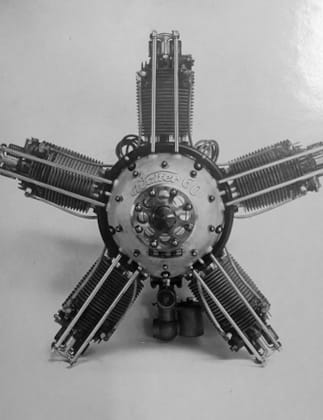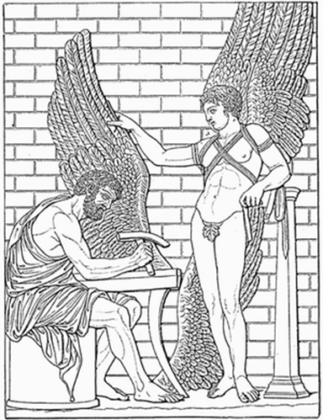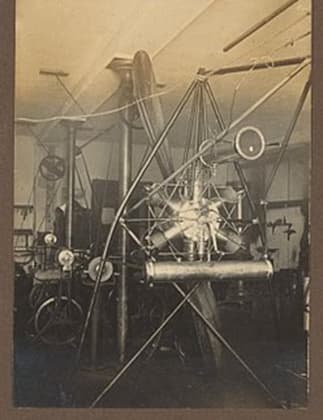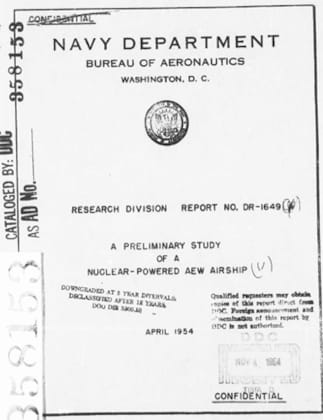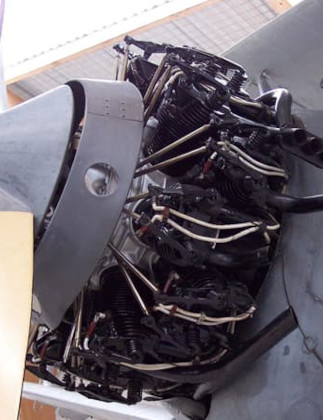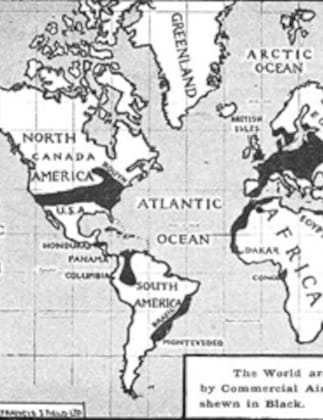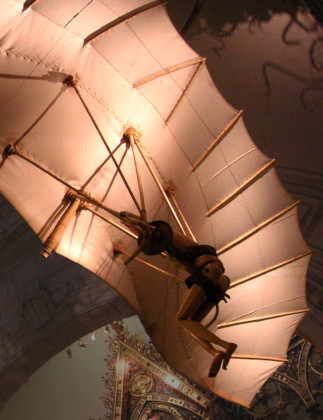Heavier Than Air Flight 1924
The aviation industry moved into a more relaxed phase in 1924. The main manufacturers seemed comfortable supplying their military or commercial niches, or both.
There was a definite uptick in interest in passenger travel, especially in larger more luxurious aircraft. The main protagonists from World War 1, Germany, France, United Kingdom and United States continued to hold the technical lead.
However, other players were knocking on doors, as the focus finally began to shift from cumbersome, wooden biplanes to sleeker, increasingly...
Oh to Fly as Free as a Bird on a Wing
Our ancestors dreamed of flying as free as birds, from at least as far back as writing began. Renaissance genius Leonardo da Vinci wrote “I have always felt it is my destiny to build a machine that would allow man to fly”.
After he flew nonstop from New York to Paris arriving May 21 1927, Charles Lindbergh wrote “It is the greatest shot of adrenaline to be doing what you have wanted to do so badly. You almost feel like...
Heavier Than Air Flight 1906 – 1910
Traian Vuia Makes First Flight on a Tractor Airplane (March, 1906)
Traian Vuia, also called Trajan Vuia was a Romanian inventor and aviation pioneer who built the world’s first tractor monoplane. This meant it had the engine mounted behind the propeller so it pulled the aircraft through the air. As opposed to pushing it with an airscrew positioned behind the motor.
Traian Vuia, also called Trajan Vuia was a Romanian inventor and aviation pioneer who built the world’s first tractor monoplane....
The 1954 American NUCLEAR Powered Airship Program
The American Nuclear Powered Airship Program
President Dwight Eisenhower addressed the United Nations on December 8, 1953, when he argued the need to stop nuclear weapon proliferation. He hoped to see atoms used for peace, although his dream went largely unfulfilled.
Nuclear power for flight had intrigued the U.S. throughout the Cold War. It would help maintain a round-the-clock defensive presence, armed with powerful nuclear weapons in case the Soviet Union threatened imminent attack.
F.W. Locke Jr investigated the feasibility of using...
Heavier Than Air Flight 1926
Large passenger aircraft continued to make inroads into production schedules, after Deutscher Aero Lloyd merged with Junkers Luftverkehr to create Luft Hansa. New generation airliners boasted more spacious seats, in-flight meals, and even night beds. But others were more utilitarian, with passenger budgets in mind. The U.S. Air Force learned to entertain the public with higher speeds, and barnstorming events.
Junkers continued to take the lead with metal air frames and cladding, although other nations gradually began following the example...
AIRSHIPS BETWEEN THE WARS Lighter than Air Ships Between World Wars
The Japanese Navy established its own Naval Aeronautics Research Association in 1912. It developed an interest in airships during World War 1, especially after witnessing the effectiveness of German Zeppelins in naval battles.
It received one Zeppelin dirigible as part of German World War 1 reparations. This was one of their naval ‘super zeppelin class’ L37 (LZ 75). However, the Japanese were not interested in taking airship technology further at that time. Although they did retain a few engines, gas...
Heavier Than Air Flight 1925
There were many hopeful designs that never made it to these pages because they were not sufficiently successful (if at all) to make lasting contributions. Simulation technology was primitive. Aviation was sometimeas a semi hit-and-miss-affair despite the accumulation of knowledge.
JANUARY 1925
Czechoslovak Aero A.11 Light Bomber / Reconnaissance Biplane
The Aero A.11 was a light bomber and reconnaissance biplane that formed the basis for several future military developments. Around 250 were made after it first flew in 1925. Some were still...
AIRSHIPS BEFORE 1884 The Challenge of Lighter than Air Flight (BALLOONS)
Kites were the beginning of the history of flight. However, they could not compare with birds, because they were tethered by a piece of string, or lost forever in a gust of wind. They also had severe limitations in terms of bulk and weight.
There had to be a better way, and humankind’s ingenuity would find it in balloons. However, these were also subjects of the wind when flying free. Brave pioneers imagined using oars and sails, and even flocks...
Heavier Than Air Flight 1915 to 1917
1915
Fixed wing aircraft evolved steadily from experimental to a greater degree of certainty. The quality of innovation and designs improved, although it still remained an appendage to the main war effort. Notable events included marine-air partnerships, synchronised weapons, faster fighters and more effective bombers.
U12 German Submarine Plays Seaplane Ferry (January 1915)
German Submarine U12 was a conventional attack submarine, laid down in 1912. However in early 1916 the admiralty decided to lash a Friedrichshafen FF.29 seaplane to her deck, and...
The First Heavier Than Air Flying Machines
We can’t say exactly when a new way of thinking invoked thoughts of heavier-than-air flight. However, we believe someone, somewhere took a second look at Leonardo da Vinci’s imaginative drawings, and wondered what if they could make one of them actually fly.
Discovery of the Laws of Motion
This would not have been possible but for centuries of innovative thought in the era following the middle ages where superstition and dogma prevailed.
Of course, this was not a consolidated movement. Indeed, much...



